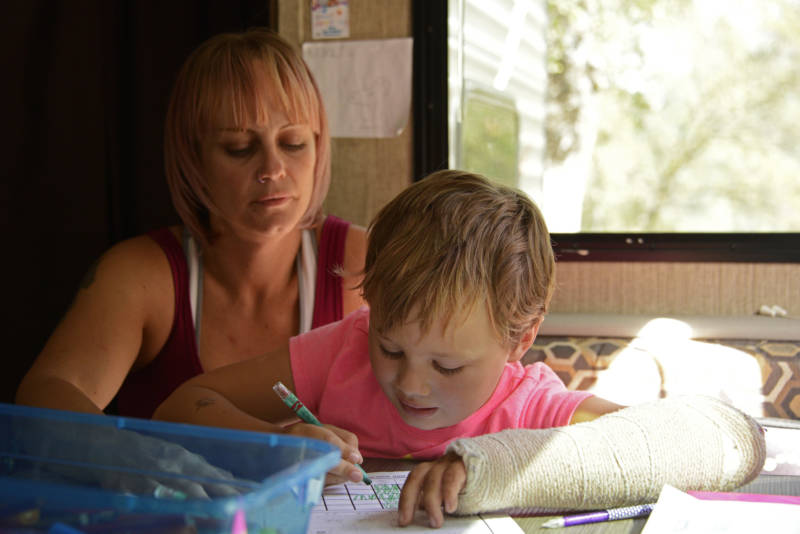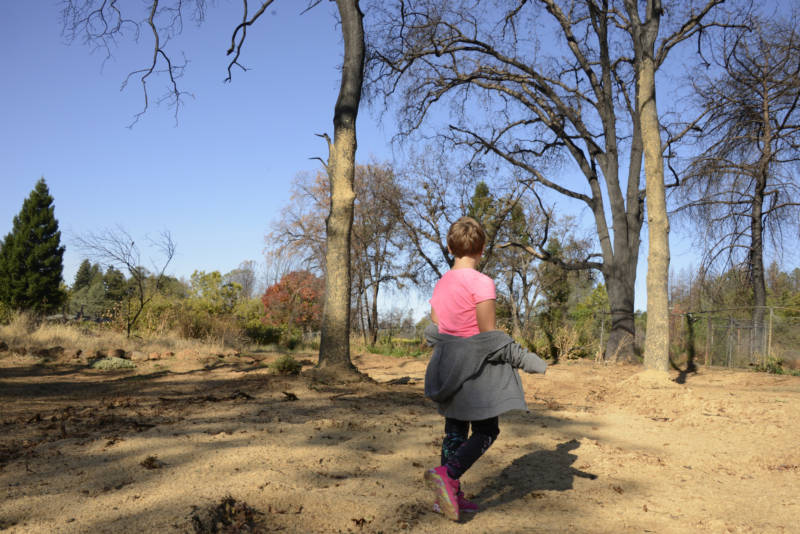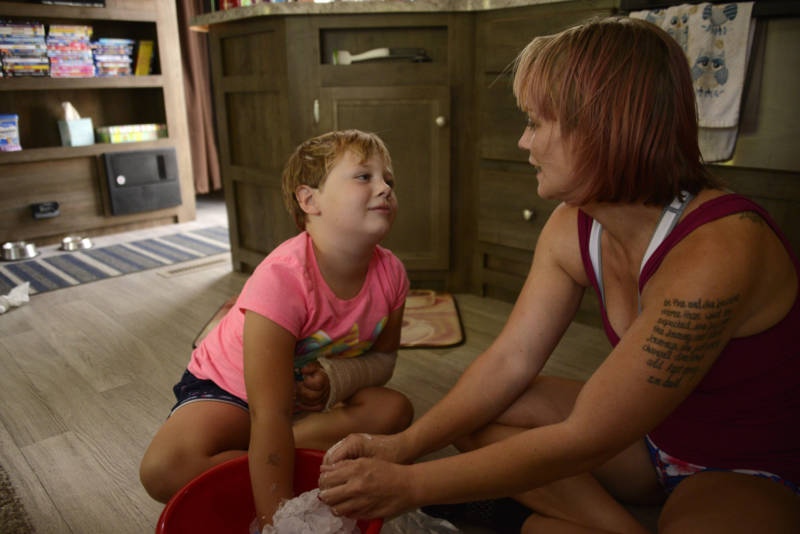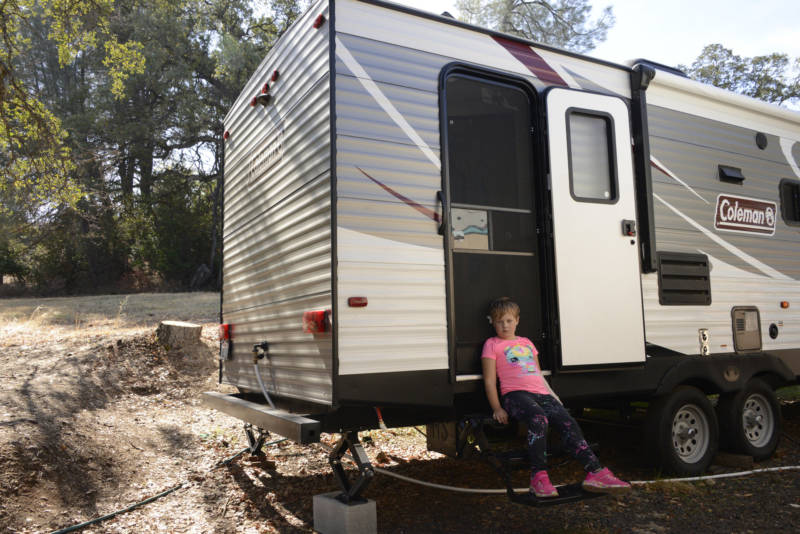At first glance, this lot in Paradise seems idyllic: quiet and wooded.
But a closer look reveals scars that the Camp Fire — California's deadliest blaze — etched into the landscape: burnt tree trunks, a warped chain-link fence and melted trinkets missed by cleanup crews.
The scars the fire left on people are more obvious, though. Sabrina Hanes, who lived on this now-empty lot, had a tumultuous childhood and finally found some stability in Paradise until the blaze claimed her and her daughter’s home, belongings and beloved cat — and reignited old trauma.
A year since the fire struck, Hanes, 34, has struggled to avoid the destructive practices she used to cope in the past: "I don't want to be back in that place where I used drugs or did the cutting. But I would be lying to myself if those thoughts haven’t arisen in my head."
Recovering from the physical losses has been a challenge, but the emotional ones have proved tougher for Hanes due to her history of trauma. Natural disasters like the Camp Fire can reopen those old wounds or create new ones, experts say, bringing up trauma symptoms like insomnia, worry and hopelessness.

Compounding Trauma Upon Trauma
Before the Camp Fire, Hanes already had more stress than most. She was a single mother, living off of the disability check she received for a bad back, and would skip meals to make sure Aroara had enough food.
She also carried the scars of a painful childhood, including, she said, being raped by a neighbor. The trauma of her past led her to attempt suicide multiple times as a young adult.


